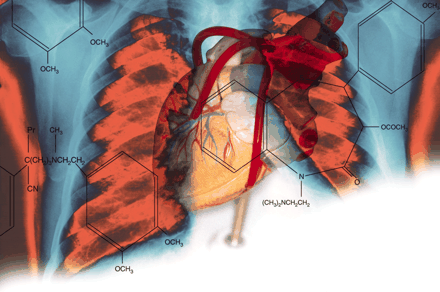Mechanism of Tissue-Selective Drug Action in the Cardiovascular System
- 1Department of Physiological Systems, Johnson & Johnson Pharmaceutical Research & Development L.L.C., San Diego, CA;
- 2School of Pharmacy and Pharmaceutical Sciences, SUNY at Buffalo, Buffalo, NY;
- 3Departmentent of Pharmacology & Therapeutics, University of British Columbia, Vancouver BC Canada;
- 4Department of Pharmacology & Toxicology, Queen’s University, Kingston ON Canada
Abstract
Analysis of the human genome project tells us that there may be as few as 3000 genes that are likely to be good drug targets. Although the number of targets is still very large, these data have been interpreted by some to mean that the pharmaceutical industry may someday run out of novel drug targets. Despite the doom and gloom of such analysis, there is considerable reason for optimism. Drugs may exhibit selectivity of action beyond that predicted by target expression alone. Drugs that act at a single molecular target may have very different pharmacology and, as a result, different therapeutic uses. Three well-characterized model systems are highlighted to illustrate this point. The first model system is exemplified by nifedipine and verapamil, both of which act on L-type calcium channels. Both drugs are used to treat hypertension, but only verapamil can be used to produce atrioventriclar block in patients with atrial fibrillation. The second model system describes the therapeutic exploitation of unusual conditions that occur in the ischemic myocardium to produce drugs that are more effective for suppressing ischemia-induced arrhythmias. The third model system discusses the mechanisms through which phosphodiesterase-5 (PDE5) inhibitors act selectively to facilitate penile erection while having little effect in the non-penile vasculature that also expresses PDE5.

- © American Society for Pharmacology and Experimental Theraputics 2005



